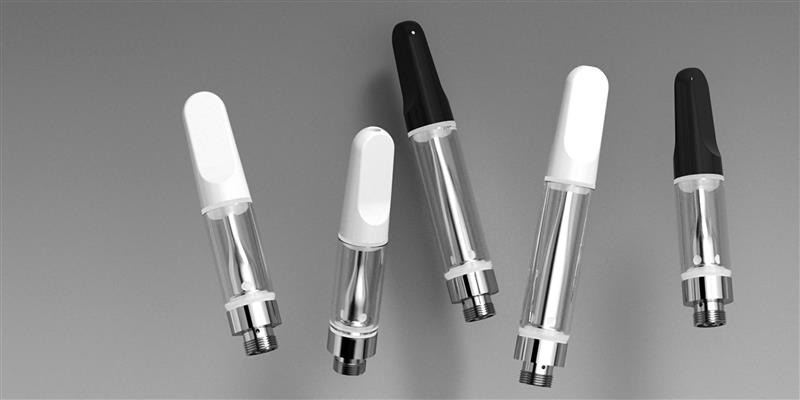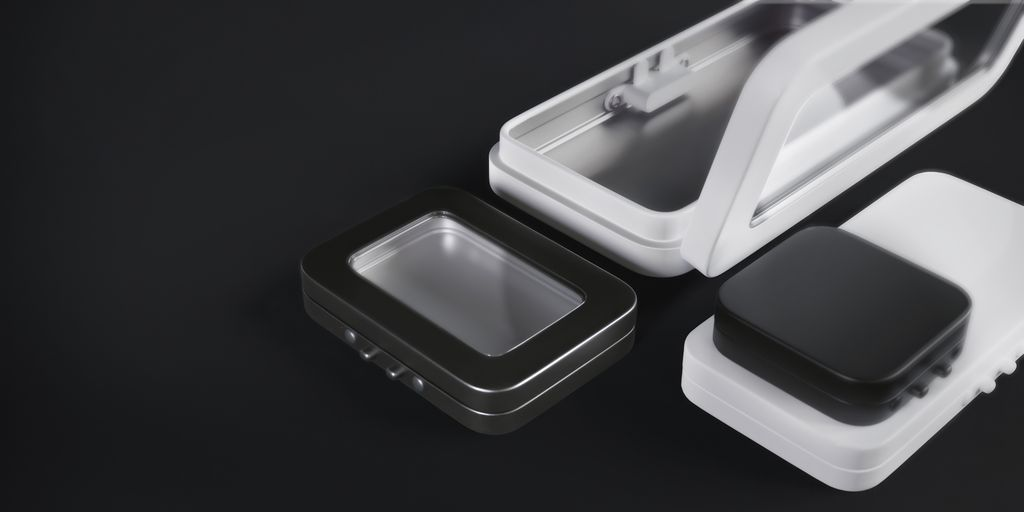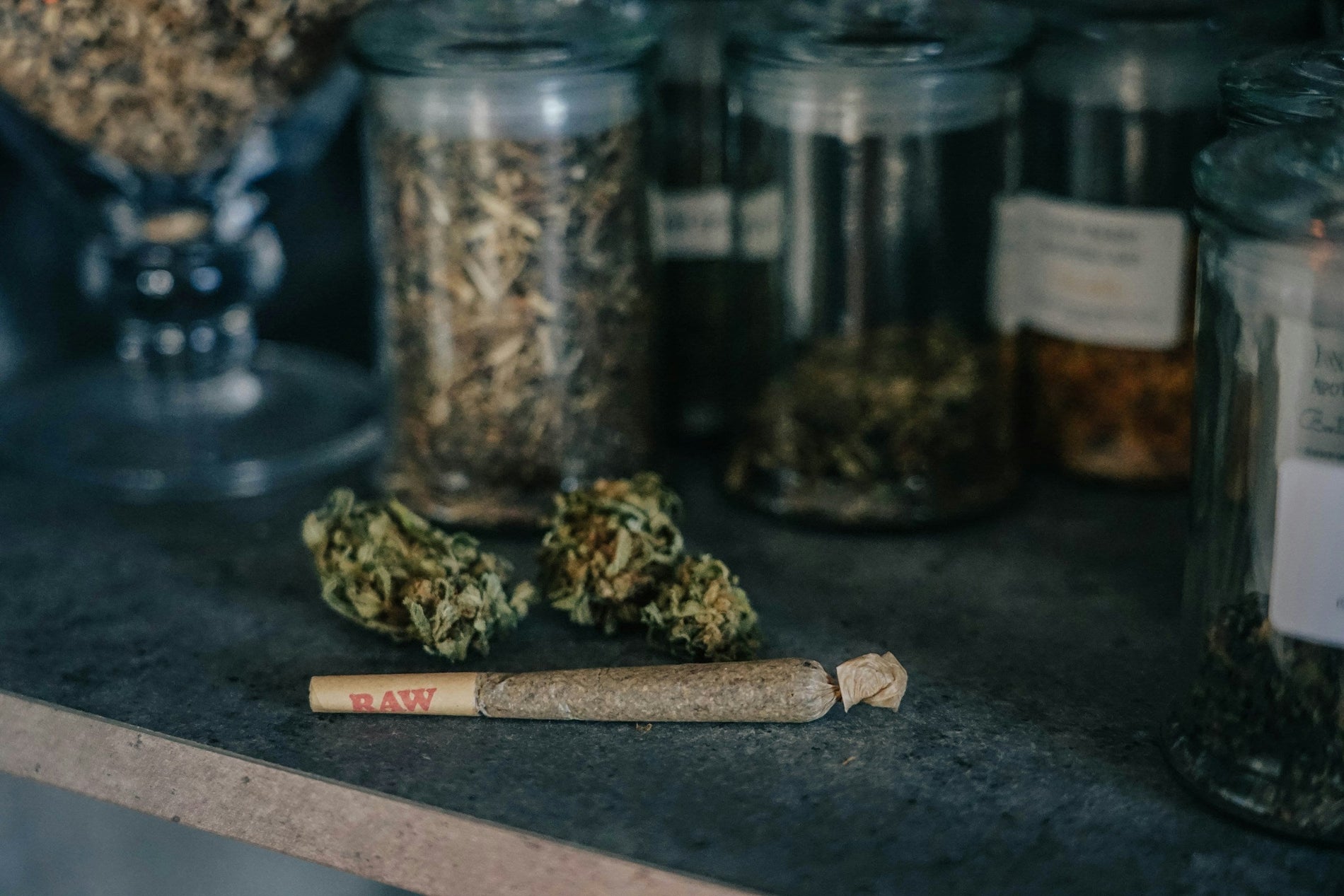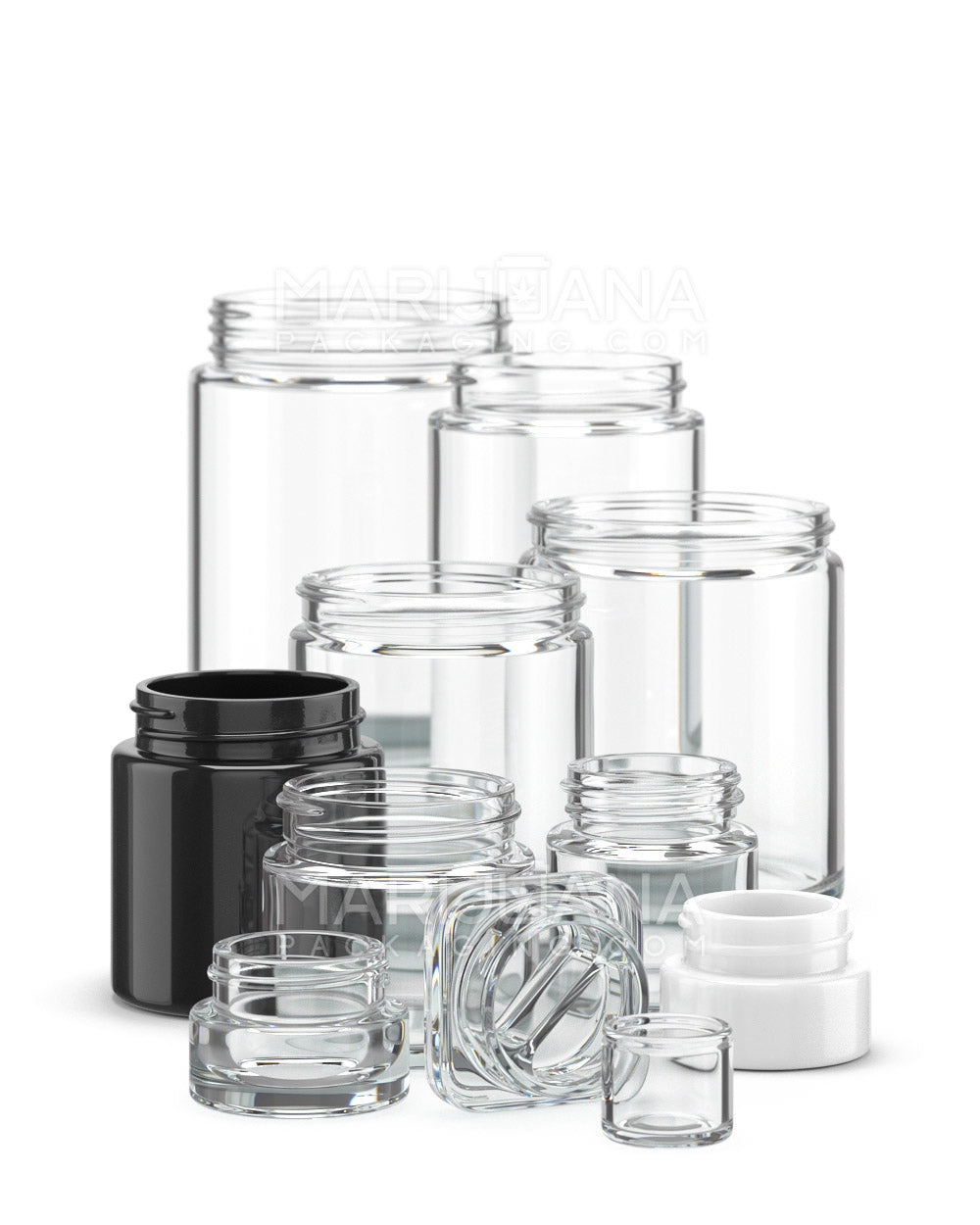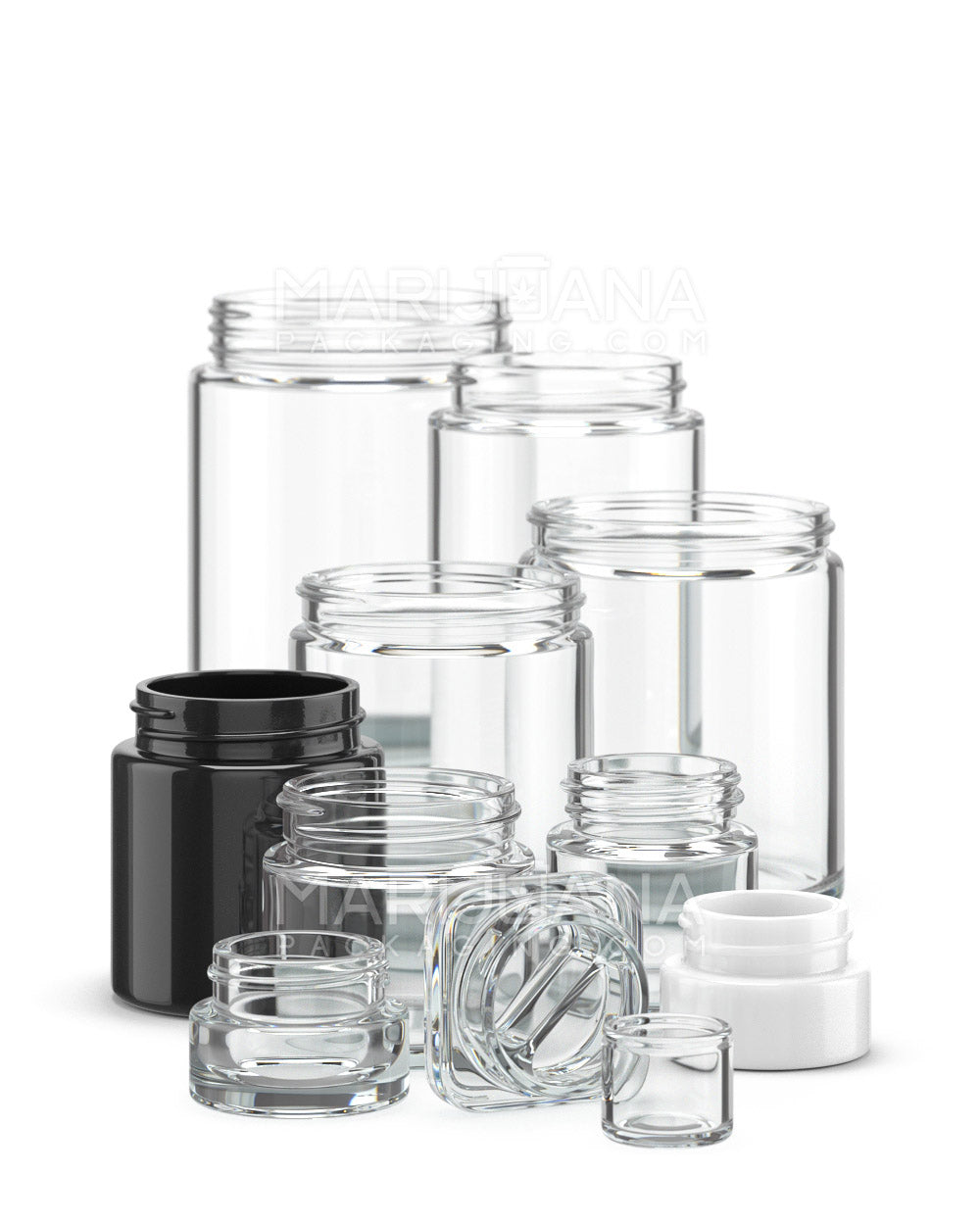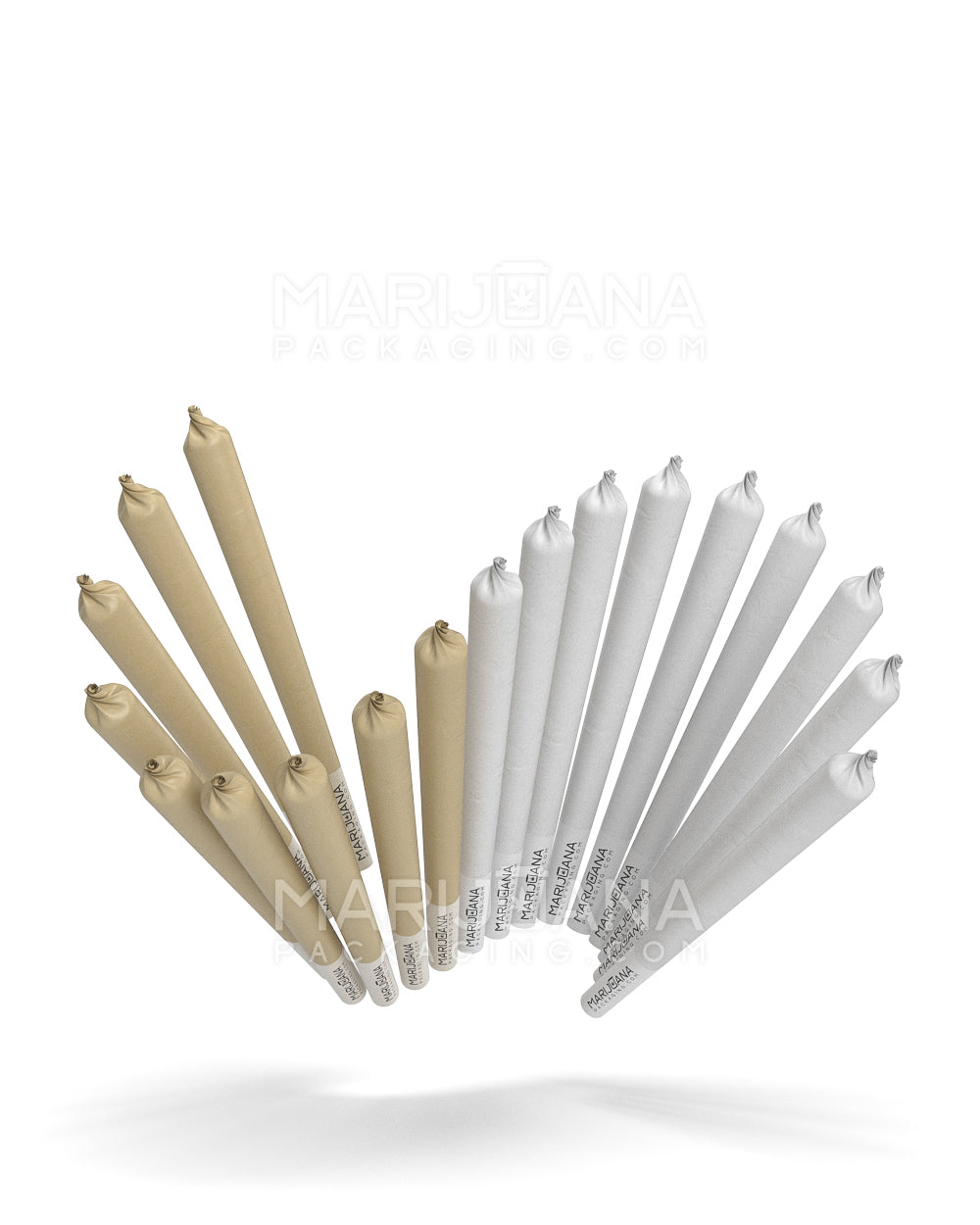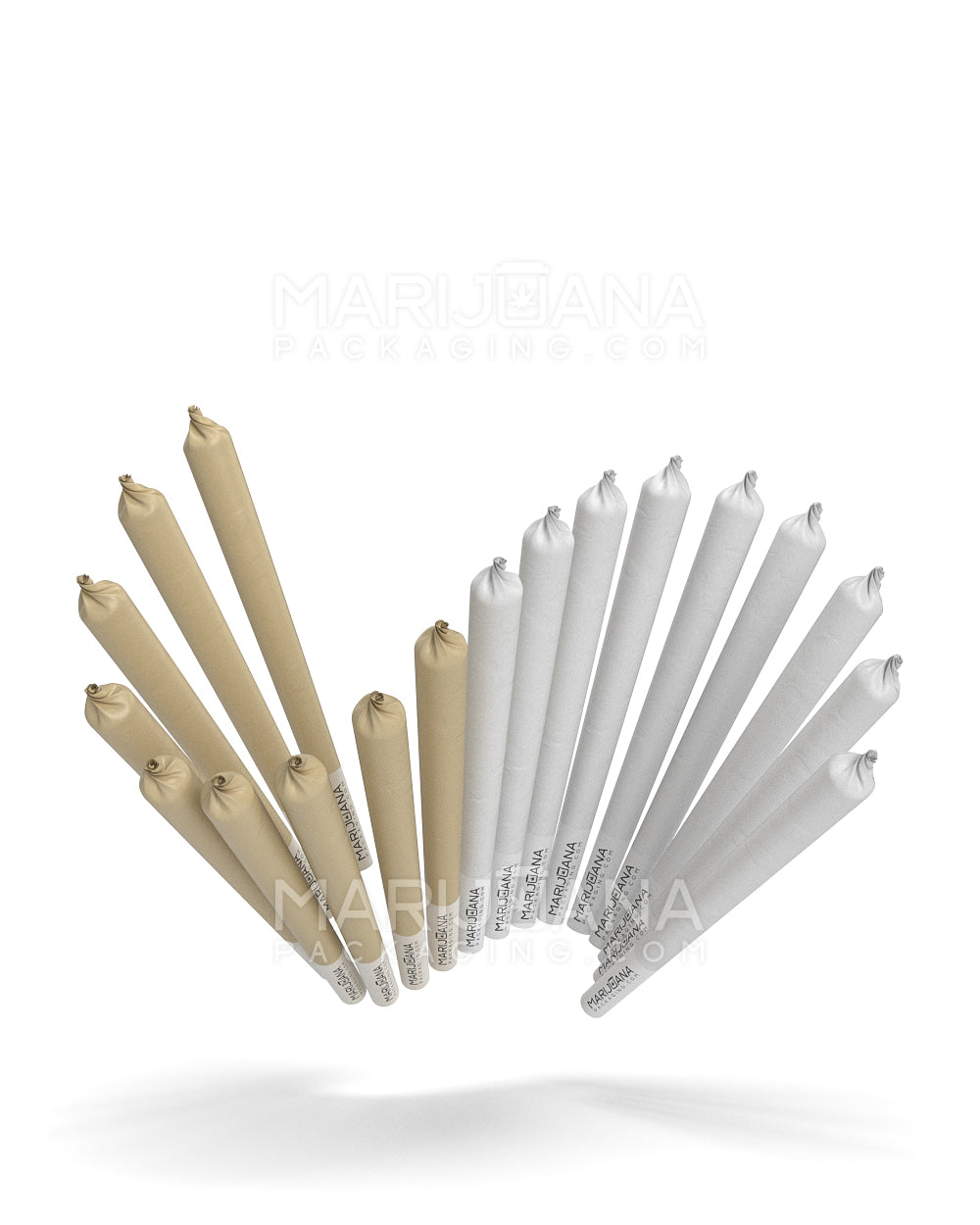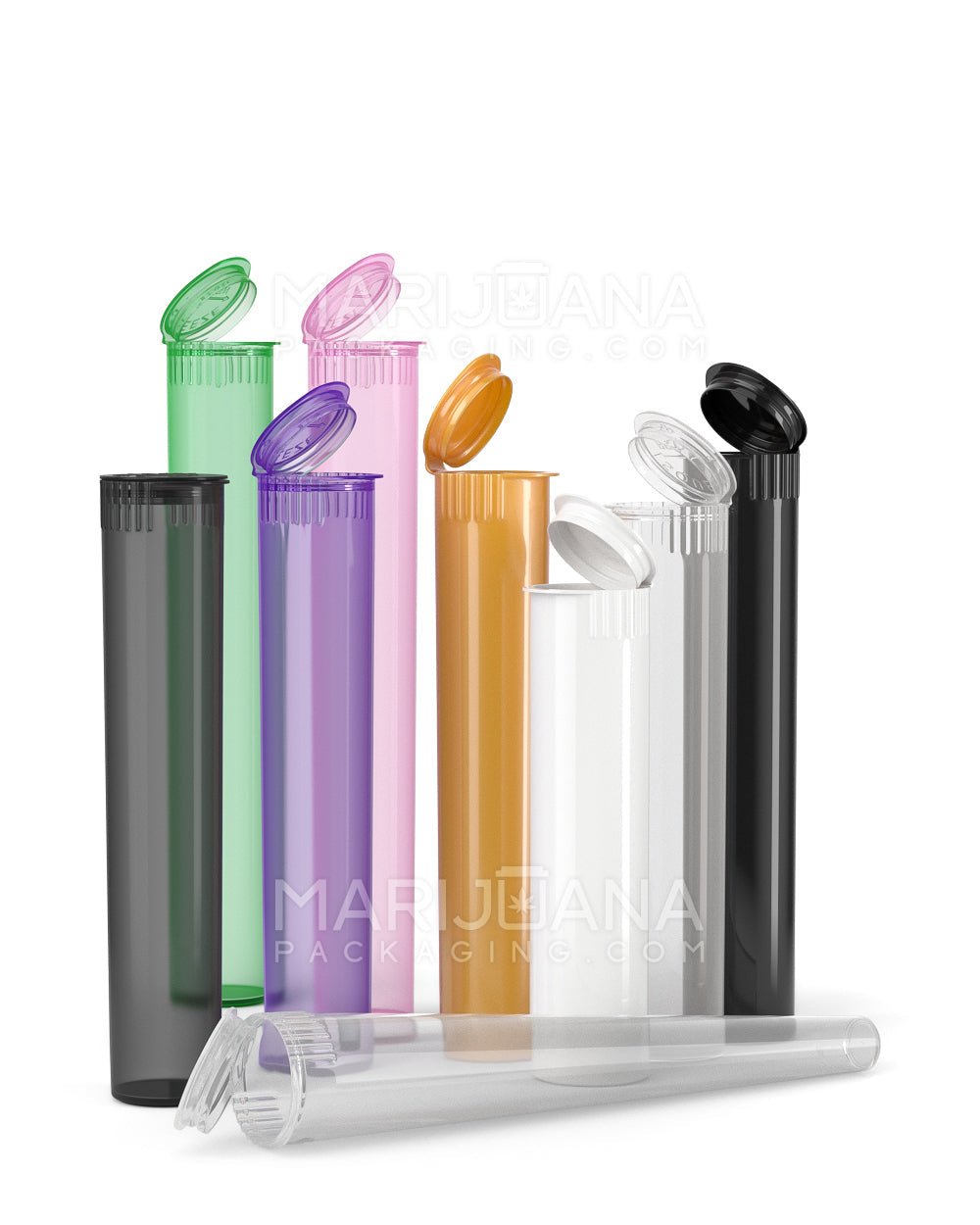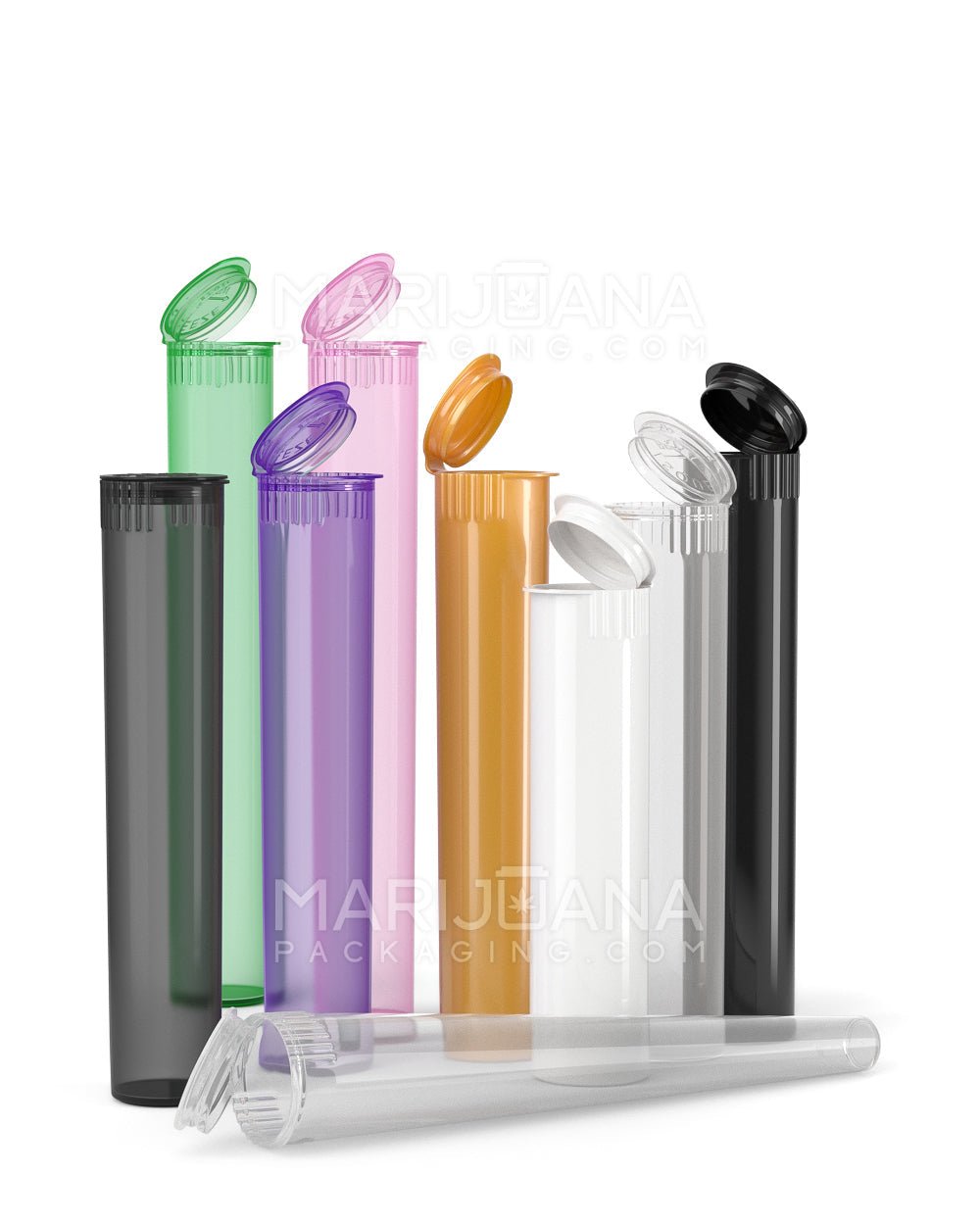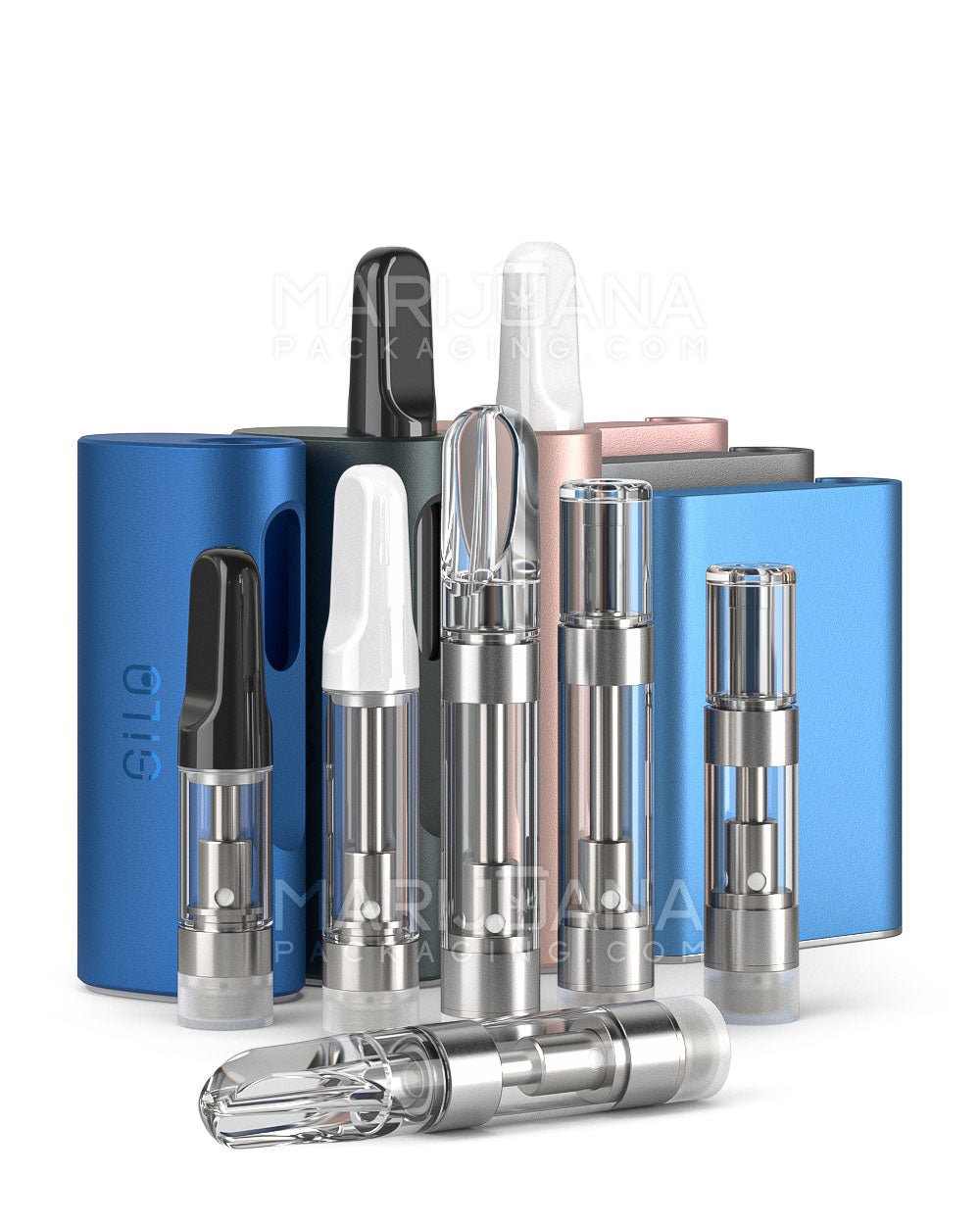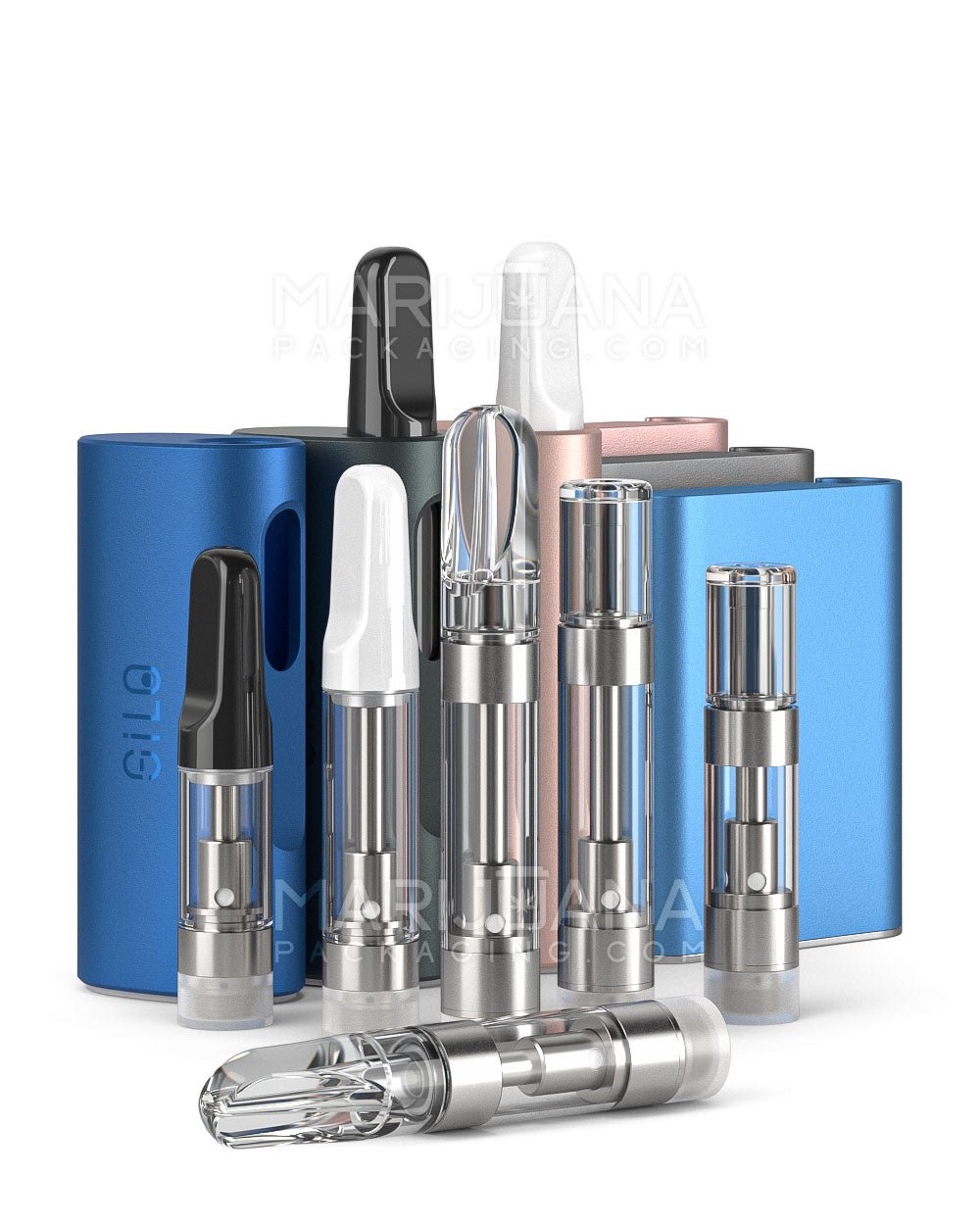When it comes to growing marijuana, a common question that arises is, "How much can six plants actually yield?" Whether you're a curious beginner or someone with a bit of gardening experience, understanding the potential yield from six marijuana plants can be both exciting and daunting. After all, the yield can vary significantly based on several factors, which we'll get into shortly.
In this article, we'll walk through the various aspects that can influence the yield of marijuana plants. We'll explore factors like plant strain, growing conditions, and techniques that can maximize your harvest. By the end of this read, you'll have a well-rounded understanding of what to expect when cultivating six marijuana plants.
Choosing the Right Strain
First things first, the type of strain you choose plays a huge role in determining how much yield you get. Different strains have different growth characteristics and potential yields. Some strains are known for being high-yielders, while others might be more modest in their production but offer other appealing qualities like flavor or potency.
Indica strains tend to be bushy and dense, often producing more buds per plant, whereas sativa strains may grow taller and take longer to mature. Hybrids, as the name suggests, can offer a mix of both. If your goal is to maximize yield, looking into high-yield strains like Big Bud or Northern Lights might be a good start.
Remember, while yield is important, you should also consider what you're looking for in terms of effects and flavors. After all, a bountiful harvest isn't much use if you're not happy with the end product.
Indoor vs. Outdoor Growing
Where you decide to grow your plants can also impact the yield. Growing marijuana indoors allows for greater control over the environment, such as temperature, light, and humidity. This control often results in a more predictable yield.
- Indoor Growing: You can control every aspect of the plant's environment, leading to potentially higher yields. However, indoor setups require investment in equipment like grow lights and ventilation systems.
- Outdoor Growing: Growing outdoors can be less costly and allows plants to benefit from natural sunlight. However, you're at the mercy of the weather, and pests can be a bigger issue.
Both methods have their pros and cons, and the choice ultimately depends on your resources and preference. Some growers even opt for a combination of both, starting plants indoors and moving them outside when conditions are favorable.
Optimizing Growing Conditions
Once you've chosen your strain and growing location, the next step is to optimize the conditions to support healthy plant growth. This includes managing light, temperature, humidity, and nutrients.
Light is one of the most crucial factors. If you're growing indoors, LED grow lights are often recommended for their energy efficiency and effectiveness. Outdoors, ensure your plants get plenty of sunshine.
Temperature and humidity levels need to be just right. Generally, marijuana plants thrive in temperatures between 70-85°F (20-30°C) during the day and slightly cooler at night. Humidity levels should be adjusted based on the plant's growth stage. For instance, seedlings prefer higher humidity, while flowering plants do better with lower levels.
Feeding and Nutrients
Just like any other plant, marijuana requires certain nutrients to grow well. The main nutrients are nitrogen (N), phosphorus (P), and potassium (K), often referred to as N-P-K.
- Nitrogen: Vital for growth, especially during the vegetative stage.
- Phosphorus: Supports root development and flowering.
- Potassium: Aids in overall plant health and disease resistance.
These nutrients are usually available in commercial fertilizers, often tailored specifically for cannabis. Be careful not to over-fertilize, as this can lead to nutrient burn and negatively affect yield.
Training Techniques for Higher Yields
Training techniques can be employed to enhance the yield of your marijuana plants. These methods manipulate the plant's growth patterns to maximize light exposure and space use.
- Topping: Cutting off the top of the plant encourages it to grow bushier, resulting in more bud sites.
- Low-Stress Training (LST): Involves gently bending and tying down branches to create an even canopy.
- Screen of Green (ScrOG): Uses a screen to spread out the plant, ensuring all parts receive light.
These techniques require a bit of practice but can significantly increase your yield once mastered.
Understanding the Harvest Period
Knowing when to harvest is as important as growing the plants themselves. Harvesting too early or too late can impact the potency and yield of your marijuana.
You'll want to keep an eye on the trichomes, the tiny resin glands on the buds. When they turn from clear to milky white, it's usually the right time to harvest. For a more sedative effect, wait until some trichomes turn amber.
It's a good idea to stagger your harvest over a few days to find the sweet spot for your desired effect and yield. Patience is key here, as rushing the process can lead to disappointing results.
Estimating Yield from Six Plants
Now, let's get to the heart of the matter: how much marijuana can you expect from six plants? The answer isn't straightforward, as it depends on the factors we've discussed. However, we can make some general estimates.
On average, an indoor plant might yield between 1-2 ounces, while an outdoor plant could produce 3-5 ounces or more, depending on conditions. This means that from six plants, you could expect somewhere between 6-30 ounces in total, with outdoor plants generally yielding more.
Keep in mind that these are just estimates. A highly skilled grower with optimal conditions could achieve much higher yields, while a beginner or someone with less-than-ideal conditions might see lower results.
Common Challenges and How to Overcome Them
Growing marijuana isn’t without its challenges. Pests, diseases, and environmental stress can all affect your yield. Here are some common issues and how to tackle them:
- Pests: Aphids, spider mites, and caterpillars can be a nuisance. Natural predators like ladybugs and neem oil are good organic solutions.
- Diseases: Mold and mildew thrive in high humidity. Proper ventilation and maintaining the right humidity levels help prevent these issues.
- Environmental Stress: Too much or too little water, light, or nutrients can stress plants. Monitoring your setup and making gradual adjustments is key.
Addressing these challenges promptly can help ensure your plants are healthy and productive.
Final Thoughts
Growing marijuana can be a rewarding experience, especially when you see a good yield from your efforts. While six plants might seem like a lot to manage, with the right strain, conditions, and care, you can enjoy a fruitful harvest. Remember, patience and attention to detail are your best friends in this journey.
If you're considering taking your growing operations to the next level, packaging becomes an important consideration. This is where Gamut can help. With over a decade of expertise, Gamut offers a wide range of packaging solutions to ensure your product stands out in the market. Whether you're looking for stock options or custom designs, Gamut's full-scale packaging services can make your brand unforgettable.



